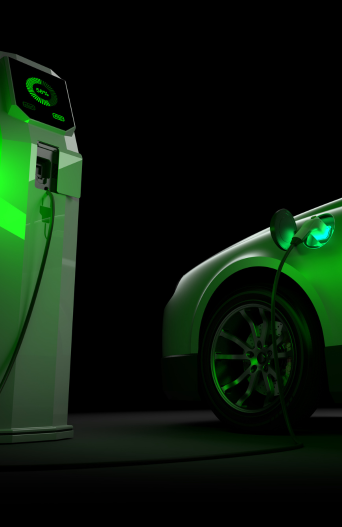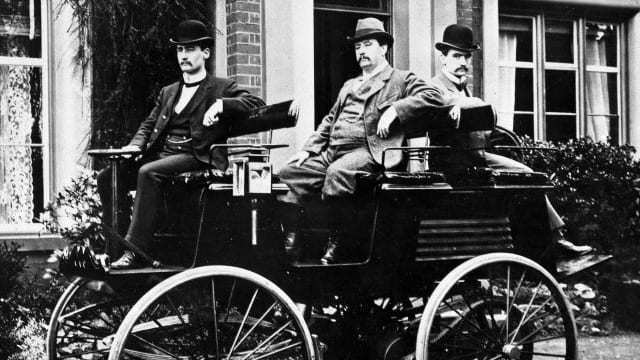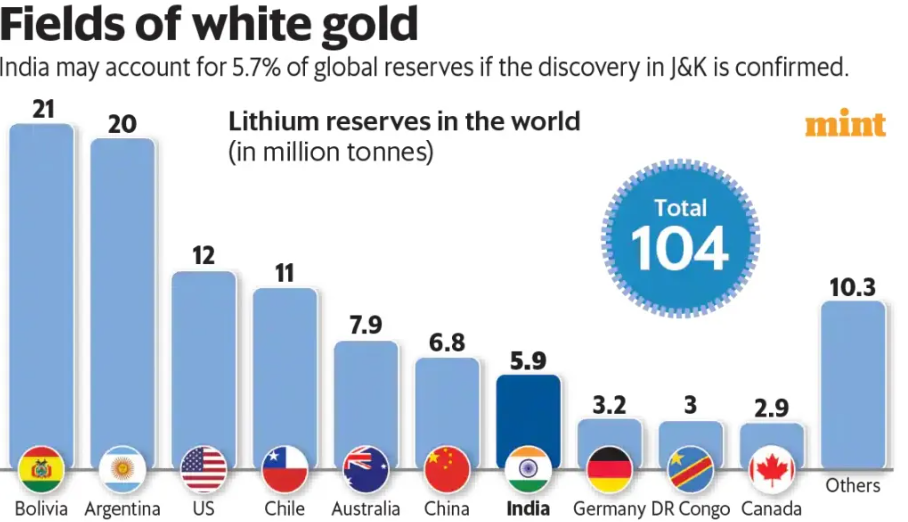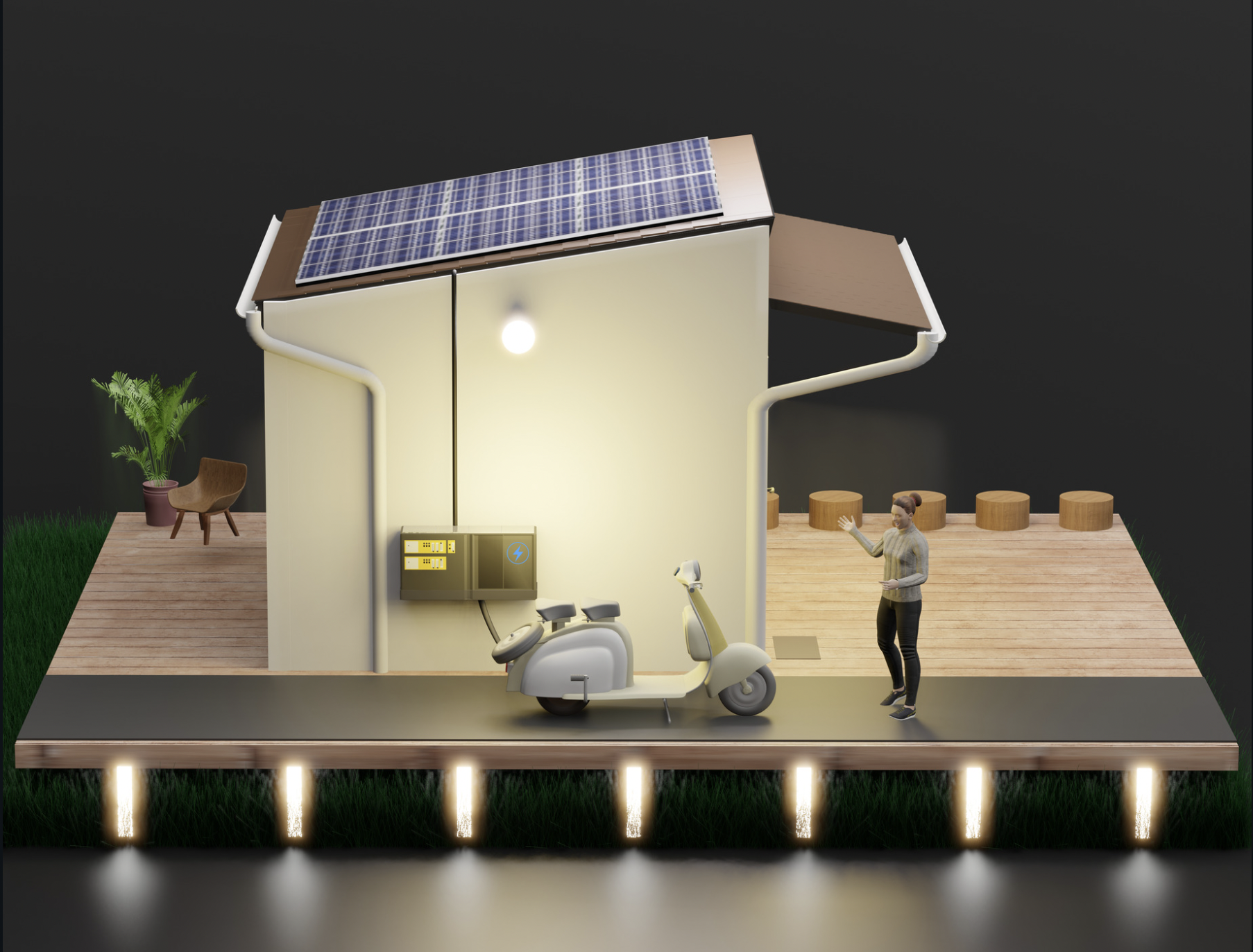
Electric Vehicles: Are they the solution today?
written by
Sortin Team
November 6, 2023
The future is electric, and there's nothing we can do to stop it. - Richard Branson
Introduction
Electric Vehicles (EVs) have an electric motor instead of an Internal Combustion Engine. Internal Combustion Engines work on fuels like gasoline, and diesel whereas EVs now run on lithium-ion batteries, the sort that is used in laptops, phones, and other electronic devices, but that was not the case always. Read on to know the history of EVs, their present resurgence and how India has a big role to play.
History of EVs
Believe it or not, EVs were invented before gasoline vehicles came into being, with the first EV being dated back to the 1800s, invented by Robert Anderson in Britain.
During an energy crisis, oil supply to the U.S. was withheld as a form of rivalry and tension leading to a boom in EVs with about a third of all cars on U.S. roads being electric in 1900. As the oil supply was restored, the EV market saw a decline, losing out to gasoline cars on range and charging (vs fuelling) time. Usage of Lead-Acid batteries was the main culprit behind the lower output. Later more efficient Nickel-Cadmium batteries were also developed but they were expensive and hence EVs were never able to compete against Gasoline vehicles, until now.

Electric Vehicle in 1800s
Lithium-ion Batteries: The promise of lower emissions for India?
India, being the third largest emitter of greenhouse gases, has a critical role to play in dealing with the climate emergency. In this context, adopting EV has emerged as a promising solution to reduce the carbon footprint of transportation industry, which is one of the largest contributors to greenhouse gases. The Indian Government has set ambitious targets for EV adoption, aiming at 30% market share of EVs by 2030.
One of the main challenges faced by early consumers of EVs was the high maintenance and charging cost. Lithium-ion Batteries, invented in 1985 by Akira Yoshino of Japan, have a high energy density, are lightweight, and have a low self-discharge rate as compared to the traditional Lead-acid batteries hence EVs with Lithium-ion batteries have a lower cost of maintenance and do not require frequent battery replacements, making EVs an economical option for Indian consumers.
While Lithium-ion batteries are a sound, reliable and scalable solution to facilitate adoption of EVs, manufacturing the batteries requires massive facilities, technological expertise and many rare minerals, including Lithium. Today, India is totally dependent on exports for its Lithium requirements but that might change soon.

Source: Mint
Recently, the Government of India announced the discovery of 5.9 tonnes of Lithium reserves in the Reasi district of Jammu and Kashmir. As India is celebrating its Lithium discovery, putting the country amongst the top five with the largest reserves of lithium, we must examine the ecological claims of shifting from gasoline cars to EVs.
Firstly, the process of mining, extraction, refining, and mixing Lithium with other metals to form the battery (alloying) is a long and environment-degrading process. For refining and purification, Lithium ore has to be heated at high temperatures, usually using fossil fuels. As a result, mining 1 tonne of lithium releases 15 tonnes of carbon dioxide and requires 2 million litres of water.
Secondly, even EVs might not always be less emitting than Gasoline cars. In India 73% of electricity generation is done by burning coal and to produce 1 kWh of electricity, 0.508 Kg of coal is used. Most EVs can cover up to 100 km with 15 kWh charging and burning 1kg of coal emits 2.42 kg of carbon-dioxide, polluting the environment. As a consequence, adoption of EVs should only happen in tandem with increased adoption of cleaner sources of energy to power them. For example, solar energy can be used as a renewable source of energy to power electric vehicles instead of electricity generated through burning fossil fuels. As things stand, solar accounts for less than 4% of India’s electricity generation, and coal close to 70%. Hence it is safe to assume that out of all EVs available in the Indian consumer market today, very few of them take advantage of renewable sources of energy to power their cars.

Best to deploy EVs together with renewable sources of energy
Conclusion
As India strives to transition to a more sustainable and cleaner future, the EV industry is sure to play a positive role in achieving this goal. Incentives and subsidies provided by the government have helped make EVs more affordable for consumers. There is enormous potential in this industry even-though there have been challenges, India is ready to continue to grow and evolve with the right policies, investment and innovation.